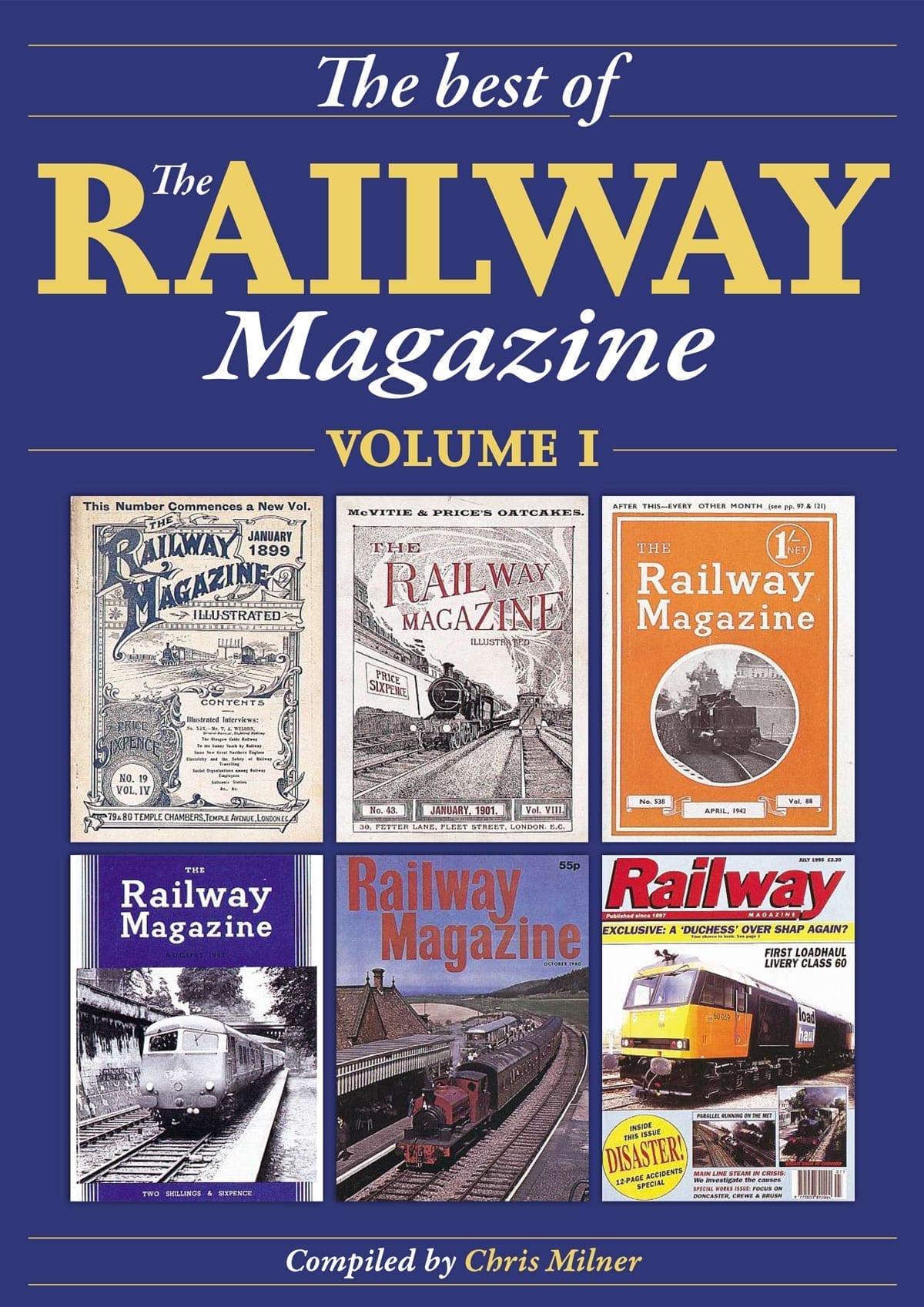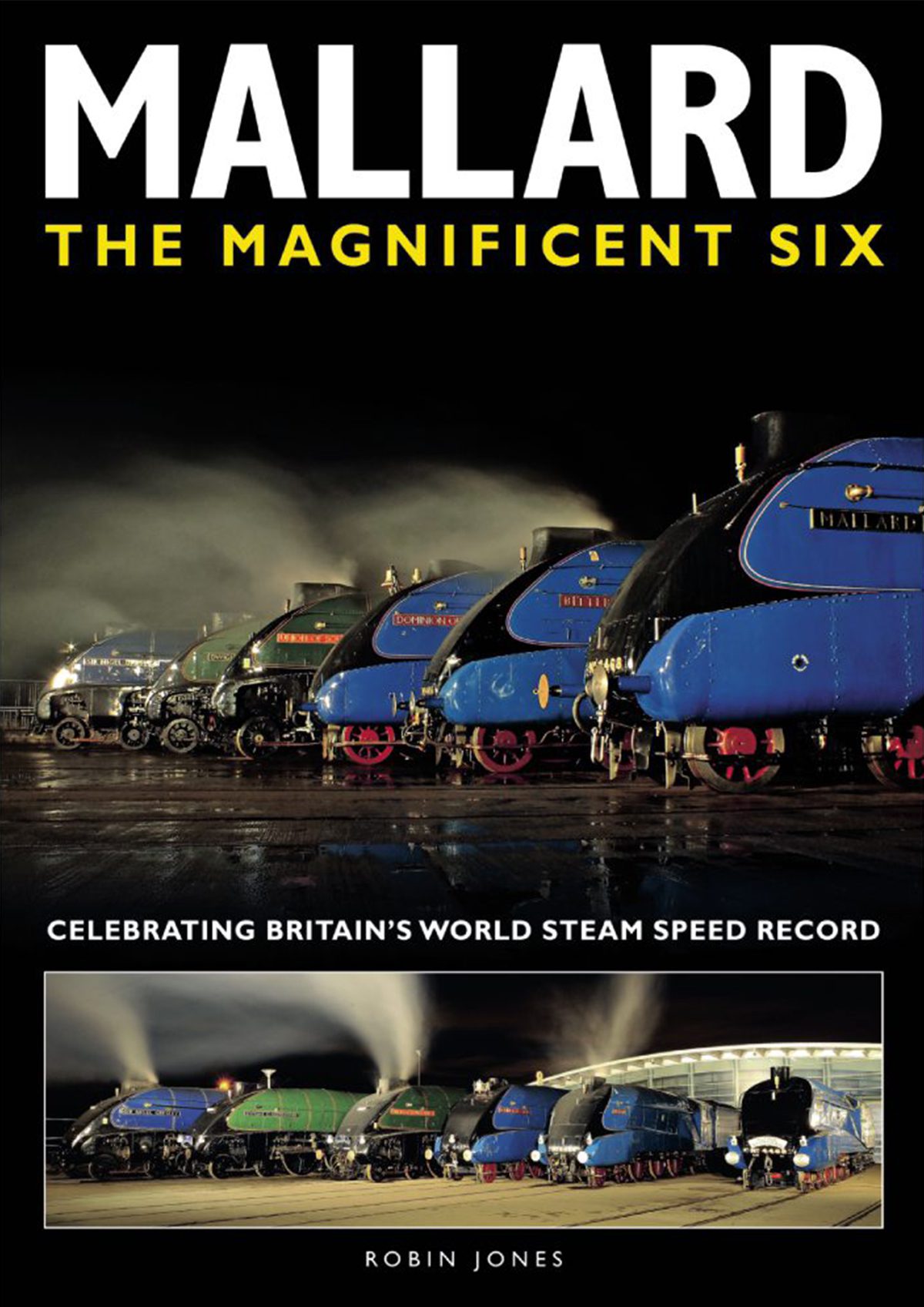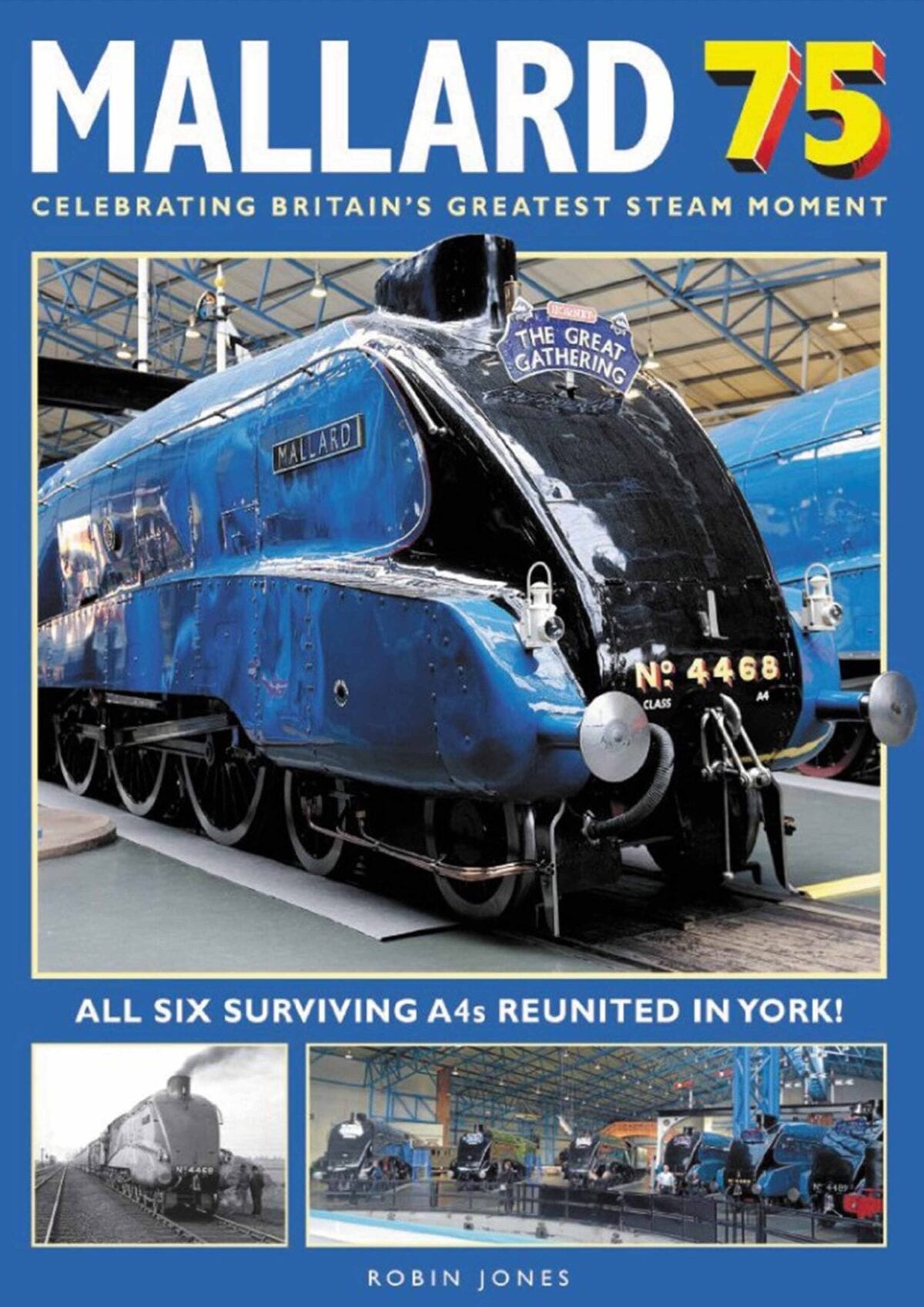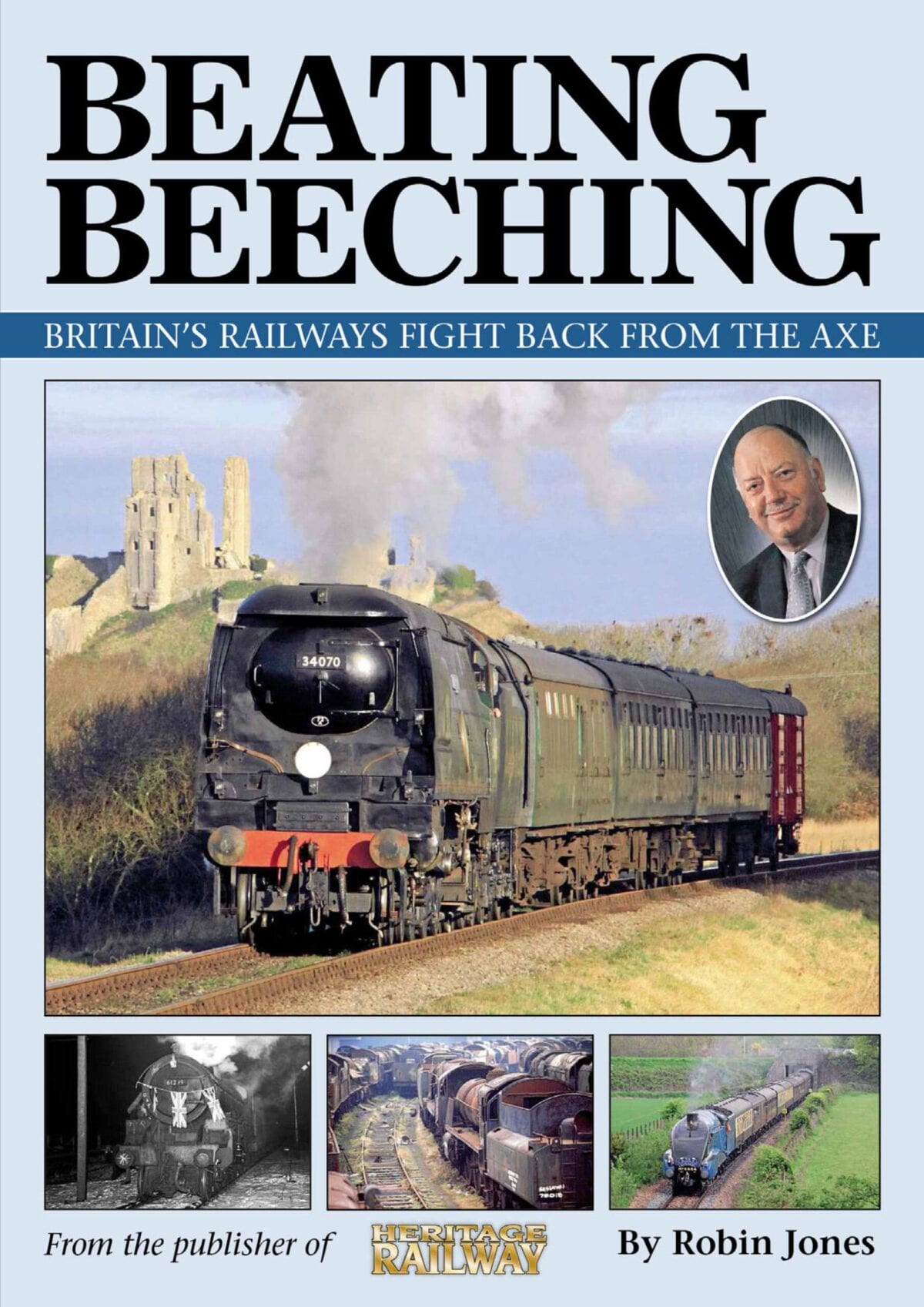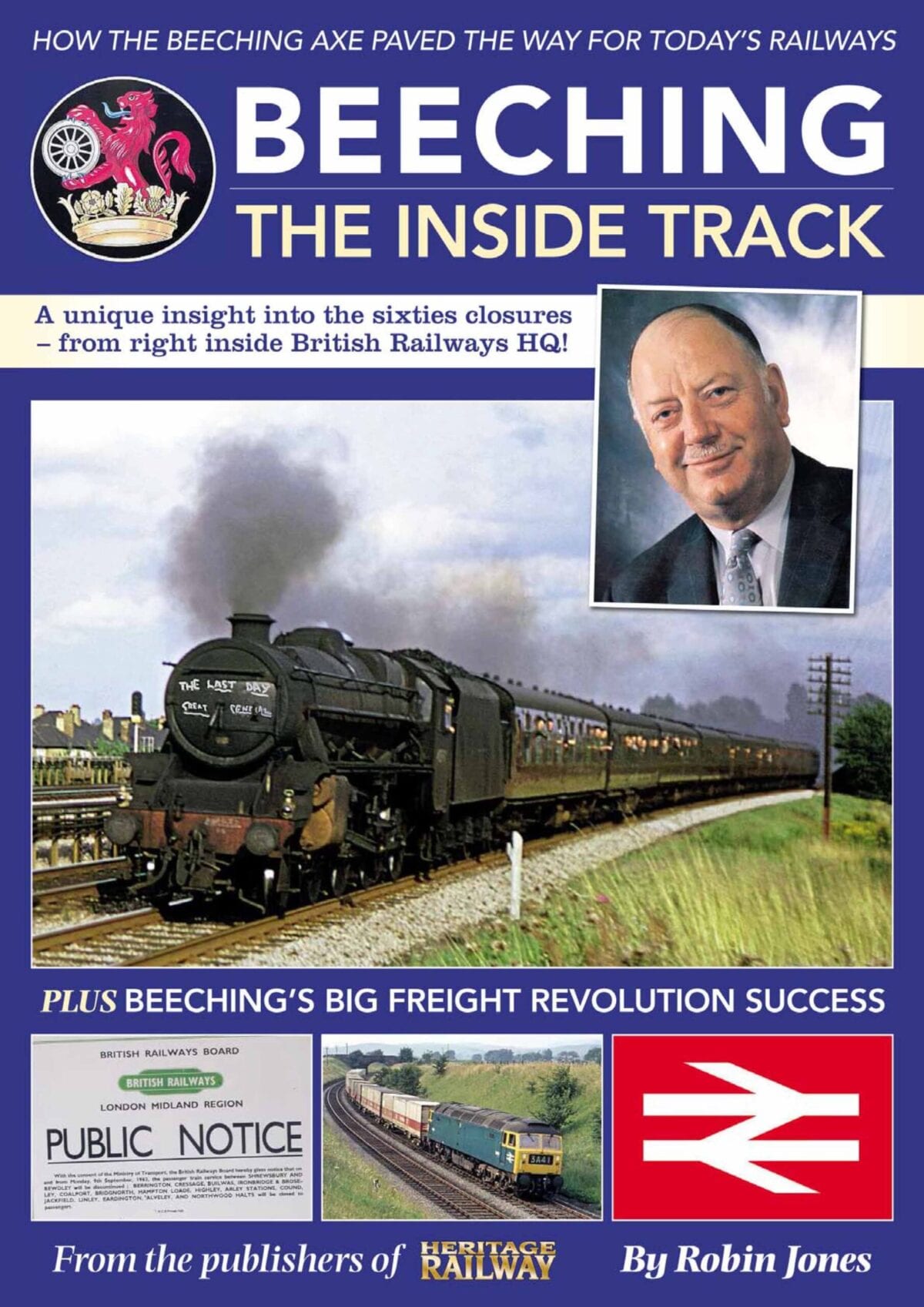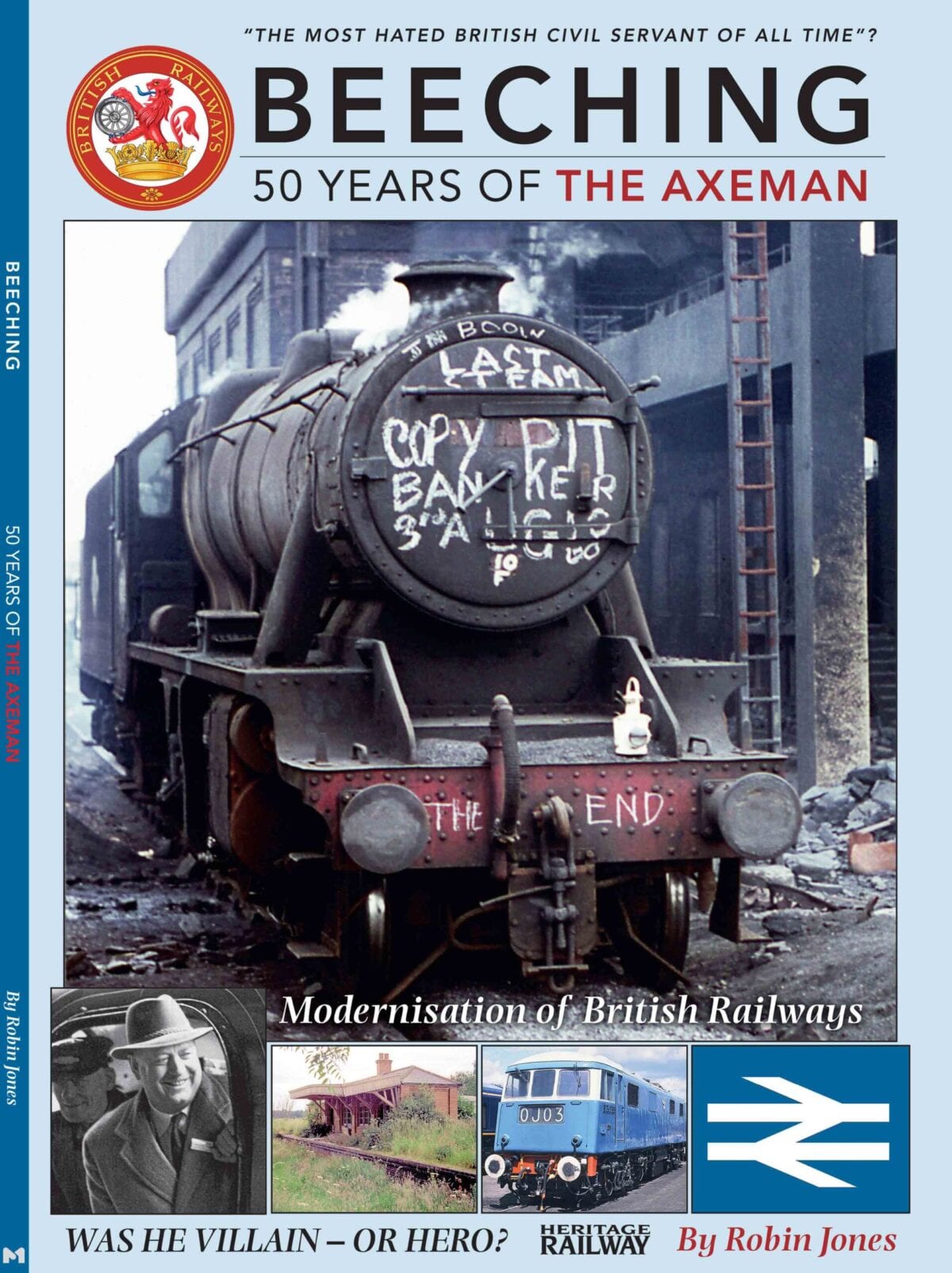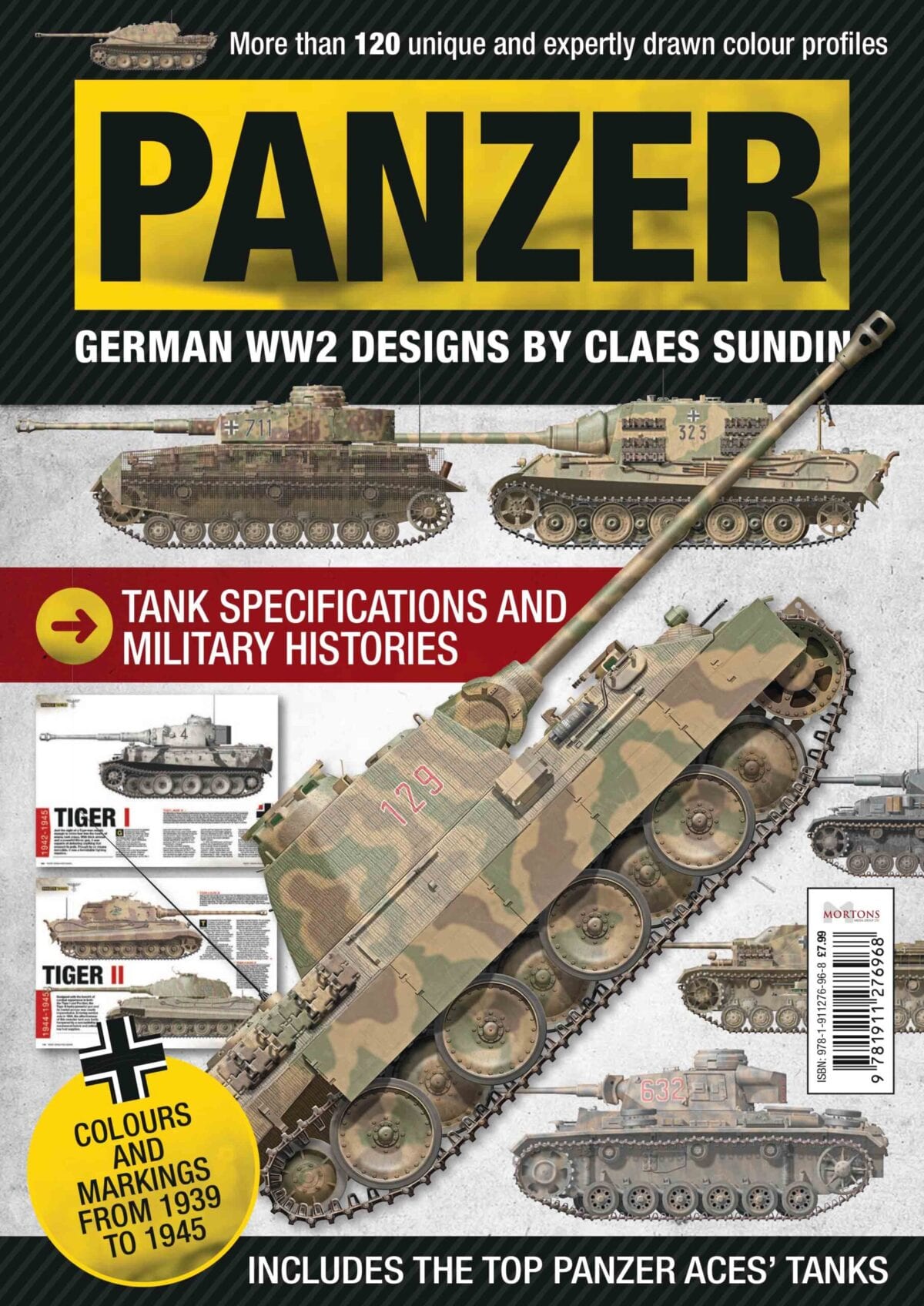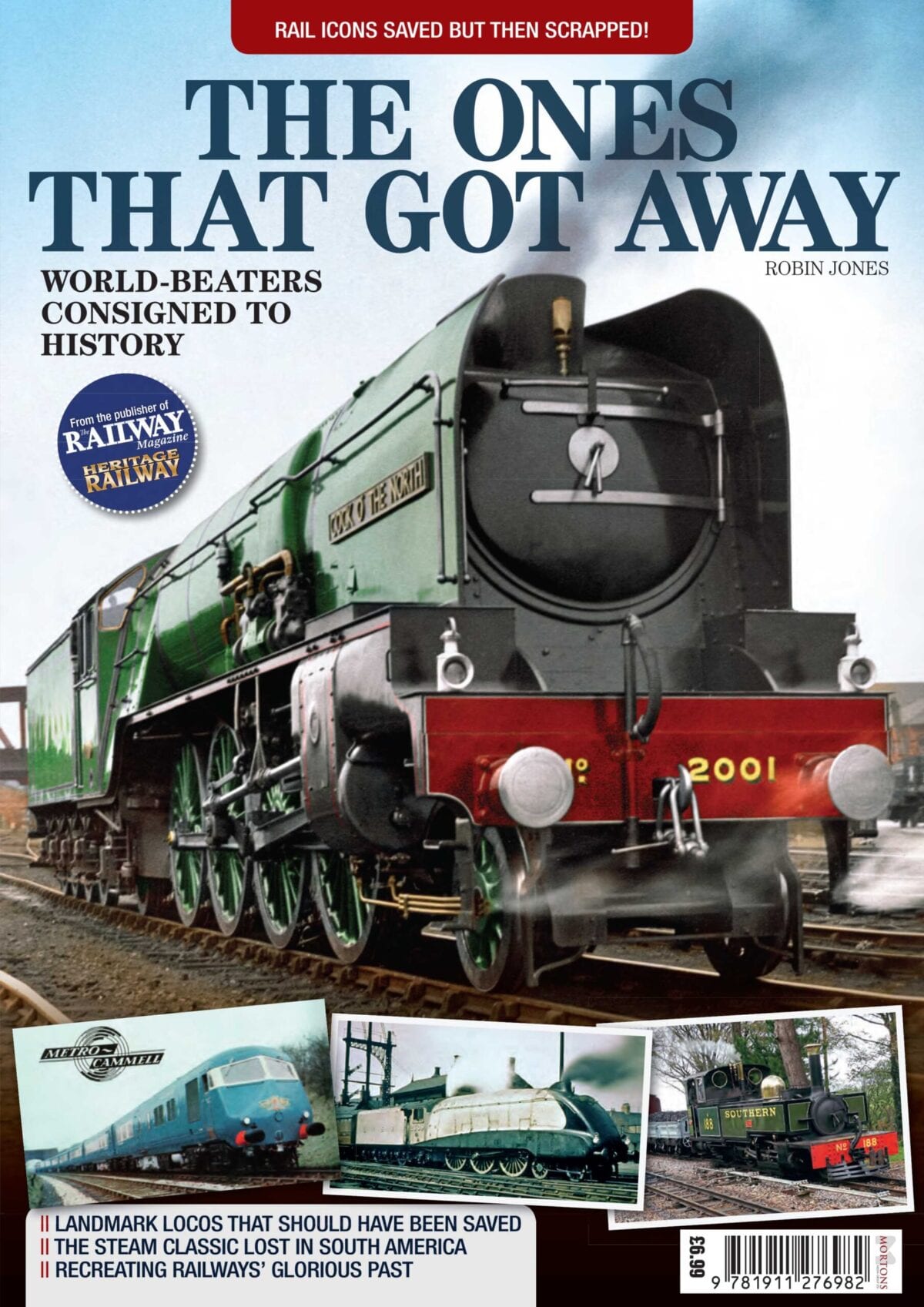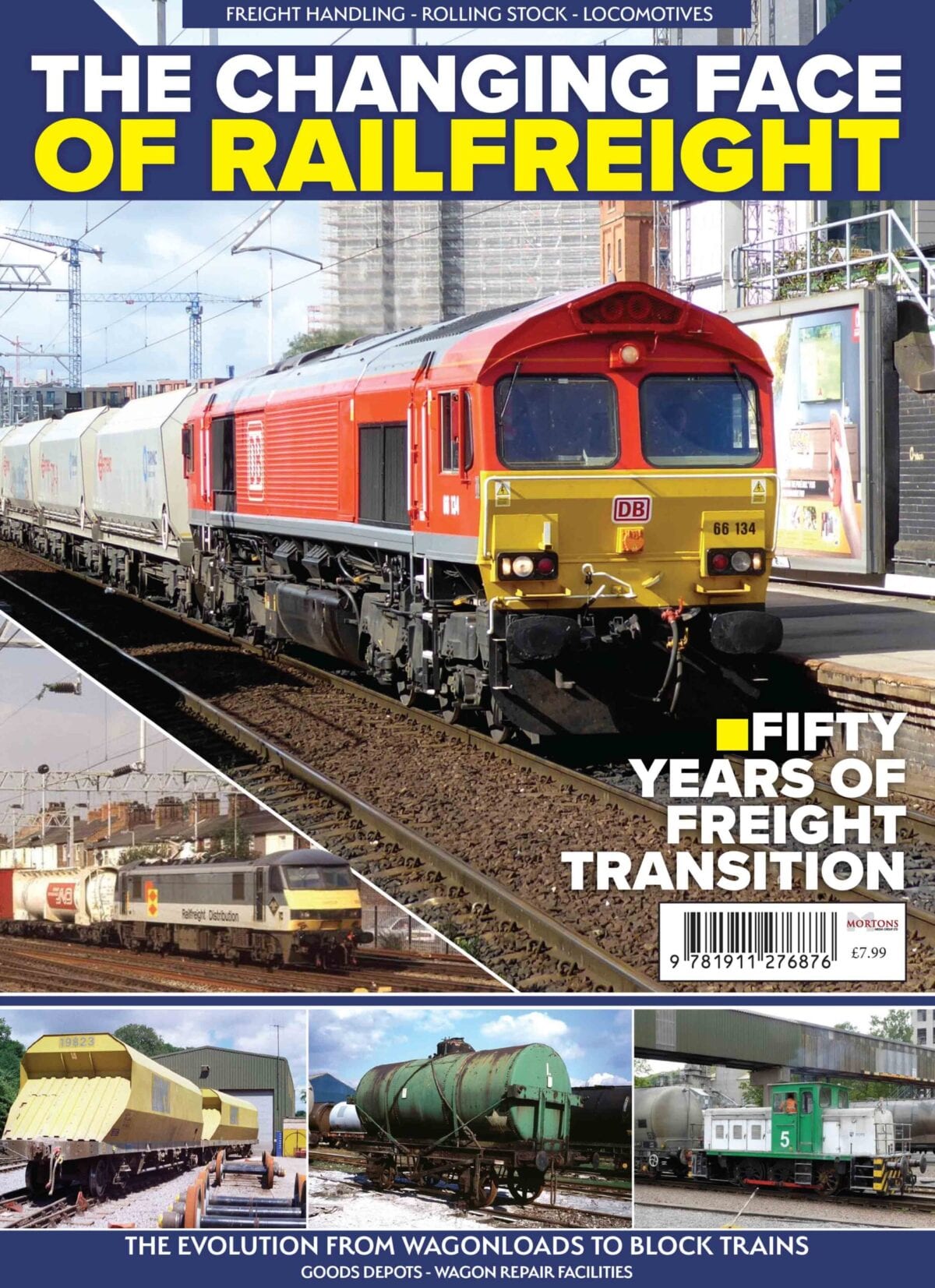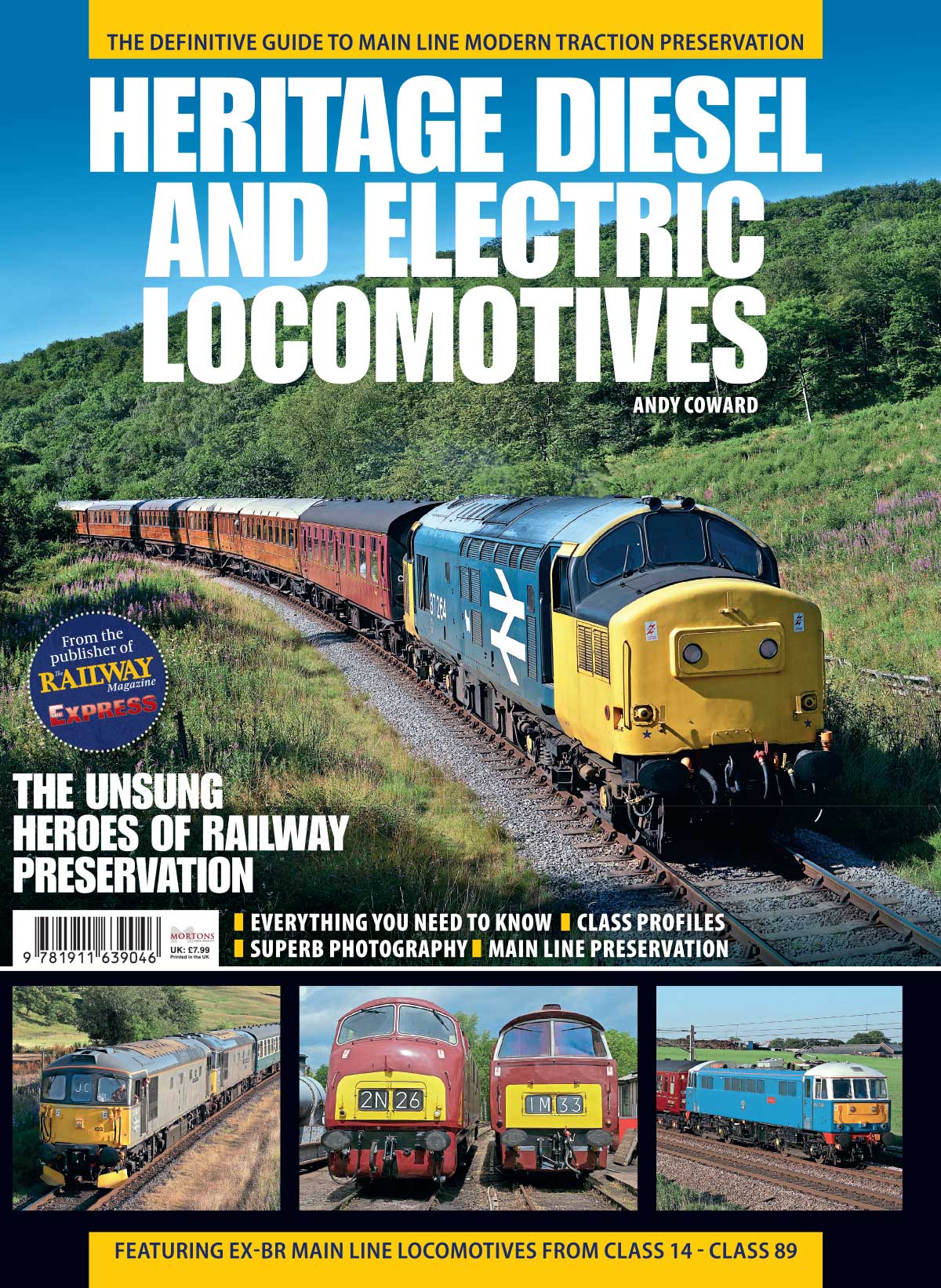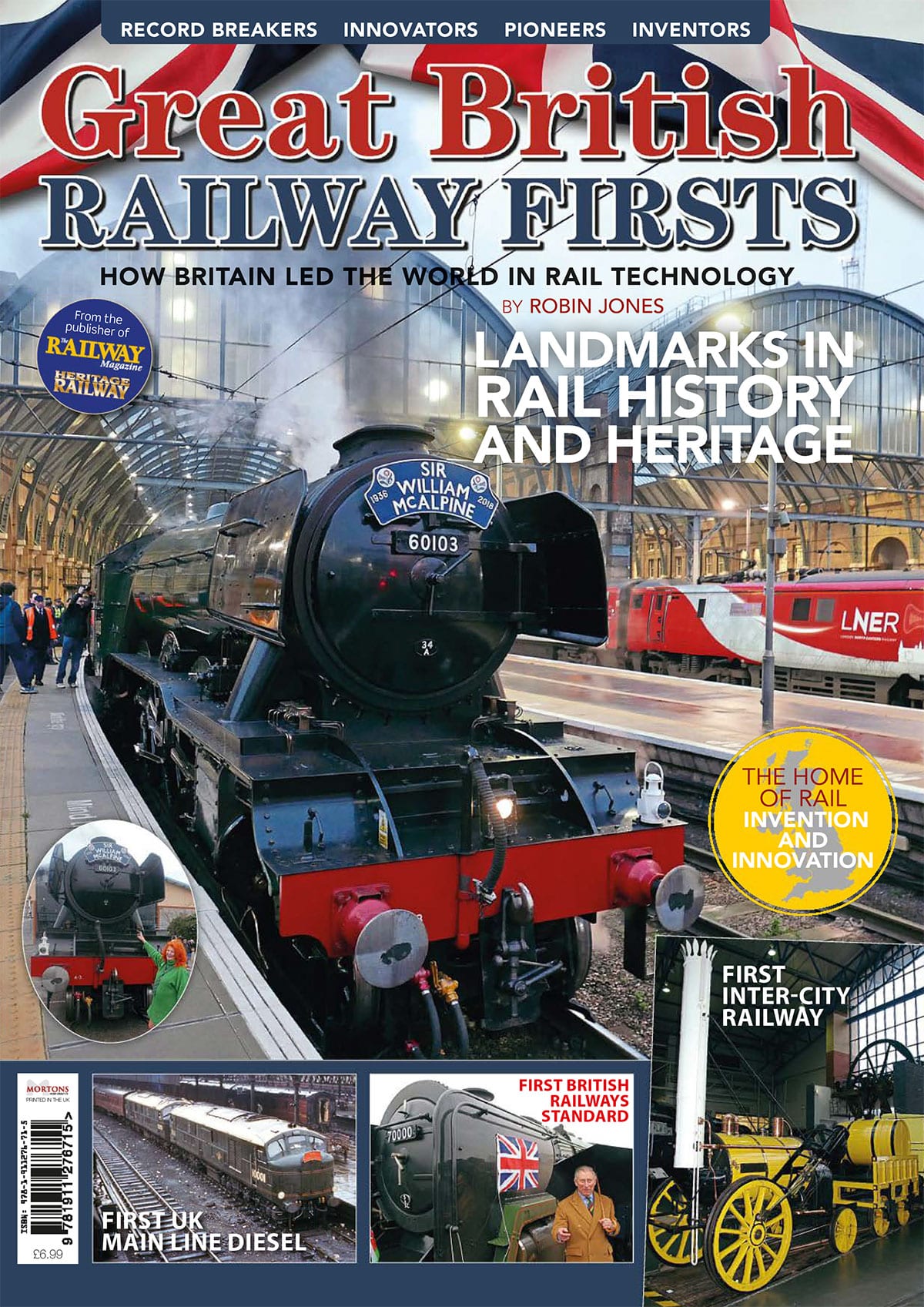There won’t be many subjects that have not been covered in The Railway Magazine’s illustrious 115-year history from narrow gauge to broad gauge, from steam to gas turbine, from the unusual to the bizarre, it’s probably been in The RM at some time or other. After publishing more than 1,300 issues of The RM, we’ve embarked on a compilation of selected features that have appeared over the decades from the publication of the first issue in July 1897.
The Railway Magazine was launched by Joseph Lawrence and former railwayman Frank Cornwall, who believed that there would be an amateur enthusiast market for some of the material they were then publishing in a railway staff magazine – The Railway Herald. Former auctioneer George Augustus Nokes was appointed editor and wrote under the pseudonym G A Sekon. The first issue was a sellout, and Sekon quickly built the magazine’s circulation to about 25,000.
The magazine also embarked on ‘Illustrated Interviews’ with senior railway officials, showing readers that the editor had his finger on the pulse of a burgeoning industry, where major locomotive builders were not only supplying British train companies, but also building for the rest of the world. As a result, readers were introduced to and educated about railway operations in far flung places including India, Argentina, North America and South Africa. Being on good terms with the higher echelons of the railway industry has been one of the key aspects for the magazine’s success, thus being able to report ‘from the horse’s mouth’. And that trait is still very much true today.
Over the years, as photography of trains increased in popularity, the pages of The Railway Magazine became the outlet for the work of photographers who, as a result, become very well-known names in railway enthusiast circles – cameramen such as H Gordon Tidey, W Leslie Good, Frank R Hebron, F E Mackay, O J Morris, Derek Cross, Maurice Earley and, of course, Bishop Eric Treacy. It was O J Morris who had the honour of having the first colour transparency reproduced in the December 1938 issue and that image is reprinted here.
The magazine also claims a record for the longest unbroken published series, begun in 1901 under the title British Locomotive Practice and Performance, characterised by detailed logs giving the timings of notable trips, recorded by observers with a stopwatch. Its first writer was the New Zealand-born Charles Rous-Marten, who recorded the controversial City of Truro-hauled ‘Ocean Mail’ run, allegedly at 100mph, in 1904. Successive columnists have included former Great Eastern Railway engineer Cecil J Allen, O S Nock and Peter W Semmens.
In terms of front cover illustration, The Railway Magazine did, by and large, keep the same basic design for some 50 years and it wasn’t until 1963 that a larger format with a colour cover was adopted. Past issues from the turn of the century had included colour drawings or paintings as a frontispiece, but a colour photographic spread had to wait until the spring of 1975 – the rest of the publication being in black & white. That change gradually led to more colour pages for news photographs and features, but even by the end of the 1980s, The RM contained no more than 16 pages of colour and it was still a few more years before every page could be in printed in colour.
For this reason, although we have remained faithful to the text, we have used a little journalistic licence to make this bookazine more attractive, and have replaced a few of the original black & white illustrations with similar colour versions of around that time. To add some variety, we have also included several new pictorial compilations based on the Panorama-style news galleries of the 1960s and 1970s.
With so many issues published, selecting material that readers will find interesting and varied has been both a challenging and rewarding task. Just flicking through the pages has shown the phenomenal depth of railway history and subject matter covered, including the quirky. In many cases, one can see parallels with events today, or for example, how BR wasted time and money with ill-thought out schemes and projects that had no longevity. Researching history can show how long major projects take to come to fruition.
In 1994 the Channel Tunnel was opened, yet a 1913 issue of The RM shows that it was being talked about in Parliament then, a year before the First World War. Given the ongoing debate about HS2, I suspect there are a few of us wondering if we will see that scheme’s fruition in our lifetime.
To our many loyal readers and subscribers, The Railway Magazine is viewed as an institution, a one-stop shop for all things railway. Back in 1897 pre-launch publicity for the first issue claimed that: “The Railway Magazine will aim at supplying the fullest, latest and most correct information on every branch of the service”. More than 115 years on, we like to think that we still provide the same service to our readers as our Victorian forefathers envisaged. Over the years, the magazine’s editors have strived to make it a journal of record, and that’s something that will continue.
While it’s impossible to please all tastes in a publication such as this, hopefully this pot-pourri has a bit of something for everyone, and there is a possibility that additional volumes might be produced. If there are any features you would like to see reprinted in future volumes, please write to us at the address on page 3 or email us at [email protected].
My thanks are due to Morton’s Media management for supporting the compilation idea, but particularly to design team leader Kelvin Clements and designers Tim Pipes, Justin Blackamore, Leanne Lawrence, reprographics technicians Jonathan Schofield and Mike Baumber and sub-editor Nigel Devereux, who have worked hard to turn around the pages in double-quick time. Special mention too for Sarah Wilkinson, who has done a sterling job scanning the text from the back issues, and to editor Nick Pigott for his encouragement and guidance.
I sincerely hope you enjoy this fascinating snapshot into our wonderful railway history.
Compiled by: Chris Milner
